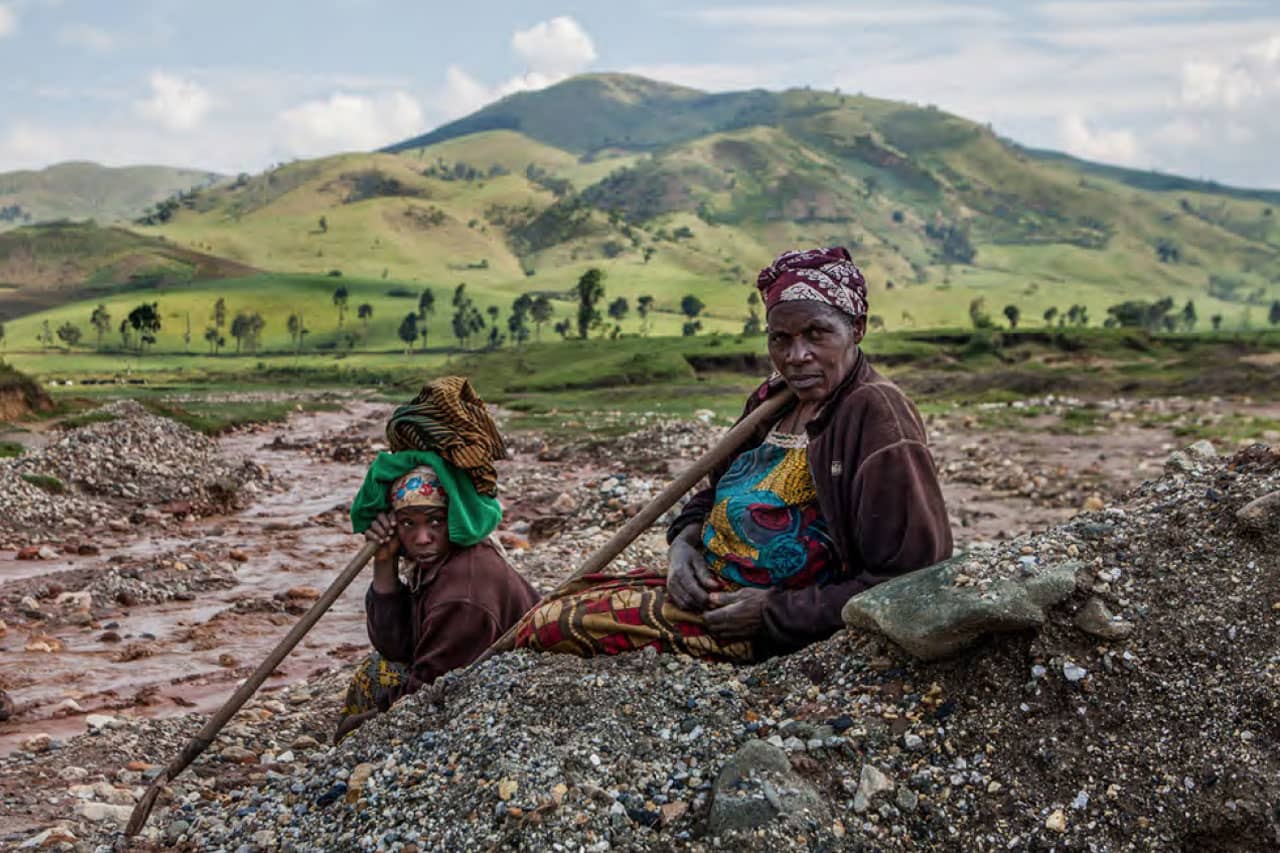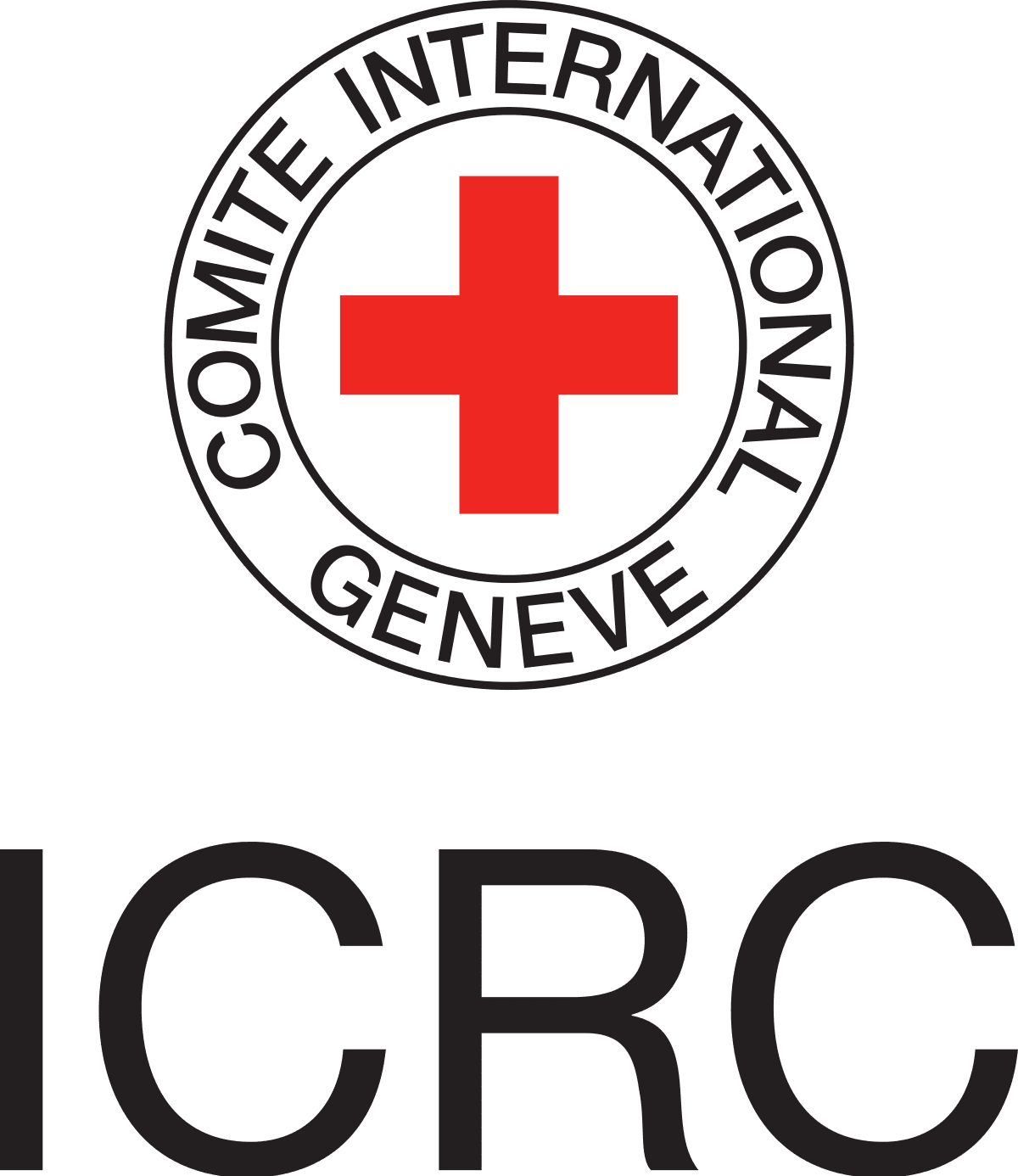Factsheet: Gender and Security

Why is gender important in relation to effective security and human rights risk mitigation?
Compared to men and boys, women and girls experience disproportionately the potential negative effects of business operations in complex environments. Both industrial and artisanal business operations can trigger specific gendered impacts and underlying gender inequalities are often compounded and made more acute with the growth of business activities in a wide range of sectors.
There are two main gender-related dimensions to company operations – the impacts on women and girls in the community and the impacts on the workforce. Where a company’s workforce is drawn from the local community, these two elements are often linked.
In many operational contexts, security providers have negatively impacted women’s day-to-day lives: from blocking access to means of livelihood, farming or other work areas and water sources, to cases of sexual and gender-based violence. Furthermore large footprint businesses can cause a change in the characteristics of the local population, as for example in the case of new mining sites when they result in the in-migration of a transient male workforce, thereby changing gender dynamics in the community and potentially leading to social problems such as domestic violence or increase in sex work.
Gender and Security: What Should Companies Do?
Conduct gender-sensitive human rights due diligence and integrate a gender-sensitive approach in the business practices. In particular:
- Conduct a gender risk and impact assessment that can either be part of a wider human rights impact assessment or a separate exercise. The gender and security risks and impacts identified should inform the security assessment and subsequent plan.
- Explicitly include women in the stakeholder engagement strategy. Efforts should be made to accommodate specific needs women may have in order to participate (e.g. appropriate communication channels; female interlocutors).
- Formalize the company’s commitment to equality and non-discrimination in its policy documents. This can be done by developing a standalone gender or anti-discrimination policy and/or integrating gender considerations within existing policies in all sectors.
- Consider if the actions of company security providers – be they public security or private security – have a disproportionately negative impact on women.
- Ensure that training of security providers includes specific modules as well as cross-cutting references to gender-sensitivity, prevention of sexual exploitation and gender-based violence, and reporting on incidents.
- Ensure gender accessibility in grievance mechanisms, noting that women may have different or additional barriers to access to remedy than men (e.g. women enjoying less independent financial means; women being more prone to retaliation within their families; women suffering higher percentages of illiteracy; women benefiting from less time or capacities to access the grievance mechanism procedures).
Implement policies for non-discrimination and gender equality with respect to access to employment and working conditions, including gender-sensitive labor conditions for women employees. Ensuring equitable and nondiscriminatory hiring practices prevents grievances and labor disputes which may intensify and evolve into security incidents. Additionally, there is mounting evidence of the vast benefits in business performance thanks to having more women in the workforce.[1] Furthermore, women should be included as part of the security forces deployed around company operations. Experience from the public security sector is evidence that a more diverse workforce is more effective, and that women can bring particular skills to security work.[2]
Examples of good practices:
With respect to gender impact assessments, a main street fashion brand undertakes an annual process to identify the most salient human rights impacts in its supply chain. The brand has identified gender, security and human rights issues as one of its top challenges, noting particular countries and regional hot spots where it seeks to take action. This risk identification and mitigation exercise has led the brand to undertake various actions to increase women’s financial independence and raise awareness on health and safety, reproductive health, malnutrition, and gender-based violence.
In the extractives sector, the Responsible Mining Foundation conducted a study of the results of the Responsible Mining Index and noted isolated cases of progress on business, gender and human rights. For example, it found that BHP, Newmont, Goldcorp, AngloGold Ashanti, and Anglo American all had set gender parity targets, either across their companies or at the management level; it also found that three companies (CODELCO, AngloGold Ashanti, and Exxaro) followed through on their commitment to provide gender-appropriate personal protective equipment (PPEs) to women miners; it additionally found that Barrick Gold Corporation developed systems to prevent sexual violence. Further efforts should be pursued to monitor and encourage companies to improve their gender and human rights approaches and to share their experiences as a means of encouraging other companies to do the same.
Source: Gender Research Insight RMF 2019
Practical Tools:
- Toolkit of Actions and Strategies for Oil, Gas, and Mining Companies IFC 2018
- A Guide to Gender Impact Assessment for the Extractive Industries Oxfam 2017
- Gender Equality in Codes of Conduct BSR 2017
- OECD Due Diligence Guidance for Meaningful Stakeholder Engagement 2017 Annex C
- UN Global Compact The Women’s Empowerment Principles Gender Gap Analysis Tool (only members)
- Corporate Guide to Gender-Responsive Procurement
Key Resources:
- Gender and Security Toolkit Geneva Centre for Security Sector Governance 2020
- Guidelines for Private Security Providers on Preventing and Addressing Sexual Exploitation and Abuse ICoCA 2020
- Policy Brief Guidance: Gender and Private Security Regulation (Geneva Centre for Security Sector Governance, OECD/ODIHR, UN Women 2020)
- Making Women Workers Count: A Framework for Conducting Gender-Responsive Due Diligence in Supply Chains BSR 2019
- Gender Research Insight RMF 2019
- Gender Dimensions of the Guiding Principles on Business and Human Rights, OHCHR 2019
- International Labour Organisation (ILO) Convention 190 on Eliminating Violence and Harassment in the World of Work 2018
- 1979 Convention on the Elimination of All Forms of Discrimination against Women (CEDAW)
Further Reference:
- Sexual and Gender-Based Violence in the Mining Sector in Africa. Evidence and reflections from the DRC, South Africa, Tanzania & Uganda, GiZ, 2020
- Stakeholder Statement on Implementing Gender-Responsive Due Diligence and ensuring the human rights of women in Mineral Supply Chains, OECD WRM 2019
Footnotes
1 Private Military and Security Companies and Gender Geneva Centre for Security Sector Governance 2008 p. 3 and 4.
2 Evidence and examples are presented throughout the Geneva Centre for Security Sector Governance, OSCE/ODIHR, UN Women Gender and Security Toolkit; see, in particular, Tool 2: Policing and Gender.
This fact sheet on gender, security and human rights examines how security providers can impact womens day-to-day lives and trigger gender-specific impacts.
In June 2022, the Geneva Centre for Security Sector Governance (DCAF), the International Committee of the Red Cross (ICRC) and the Geneva Centre for Business and Human Rights (GCBHR) will release a new edition of the Toolkit on Addressing Security and Human Rights Challenges in Complex Environments. This fact sheet is a sneak preview of the revamped Toolkit. 
Factsheet: Why is gender important for effective security and human rights?
Description
PDF(s)
Resource Type


